This post is a sponsored post in collaboration with the Maine Department of Inland Fisheries and Wildlife. Although I was compensated for this post all thoughts and opinions are mine.
Wilderness Camping in the North Maine Woods can be the ultimate family vacation
Do want to give your family the ultimate outdoor vacation? Then pack up the family vehicle with camping essentials and take a trip to the North Maine Woods for a wilderness car-camping adventure. Camping in the North Maine Woods is easily accessible with the family vehicle as there is a vast network of tote roads maintained by the area logging companies and landowners. There are even primitive campsites-many of them lakeside- that often have a picnic table, fire ring, and outhouse. With 3.5 million acres of forest available, there is lots to explore. The majority of the land is managed by the North Maine Woods, Inc, a collaboration of landowners and State agencies including MDIFW.

Who is the MDIFW?
MDIFW is made up of biologists, game wardens, and educators all in on a common mission: responsible and safe enjoyment of the Maine outdoors. They support more than just hunting and fishing. For anyone who enjoys the Maine outdoors this extensive agency touches all of Maine including State Parks, lakes and streams, and the birds and deer in peoples backyards. The revenue from hunting and fishing licenses, ATV, boat and snowmobile registrations, and taxes on certain hunting and fishing gear support these efforts so that Maine's amazing natural resources can be preserved, protected and enhanced by MDIFW. The department believes a healthy ecosystem makes life better for all the fish, wildlife, and people who call Maine home, as well as those who experience Maine as the ultimate Vacationland. MDIFW's attitude is "We're all in this together. The Maine Department of Inland Fisheries and Wildlife (MDIFW)’s biologists, game wardens, and educators. And you – the hikers, bikers, canoers, photographers, and everyday adventurers who love the Maine outdoors." They reach out to outdoor enthusiasts through their monthly newsletters that you can sign up for at the MDIFW website - http://bit.ly/MaineDeptIFW. Be sure to visit the website where there is great information on all the things that MDIFW does. And you can follow MDIFW on their social media channels - Instagram: @mefishwildlife ; Facebook: @mefishwildlife ; Twitter: @mefishwildlife
All of what MDIFW does helps to make Maine a very special place!
Preparing for your North Maine Woods Wilderness Camping Adventure
Venturing into the North Maine Woods for a wilderness camping adventure is not to be taken lightly. Don't let the easy accessibility fool you. This is an adventure that you must be adequately prepared for if you want it to be enjoyable and rewarding for your family. There are no convenience stores, fast food restaurants, cell phone service or Emergency Rooms. The first step in preparing for your North Maine Woods adventure is to visit the website for North Maine Woods, Inc. Here you will find all sorts of information including rules, fees, and camping locations. And remember that you are the guests of the landowners. Treat their property with respect and courtesy and follow the rules. The most important of which is that the logging trucks have the right of way. You must pull over and let them pass in all circumstances.
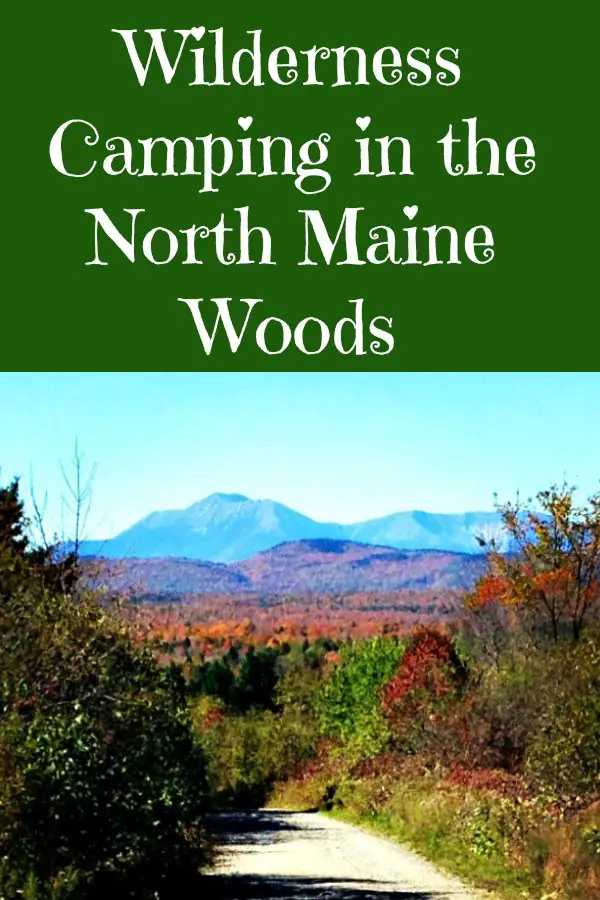
Navigating the North Maine Woods
There are NO street signs and if you do find someone to ask directions from, the directions may be very random. One man's "Smiley's Corner Road" might be someone else's "6000 Road". It seems locals in the area often give geographical features names from regional legends. You will not find them on your GPS. And speaking of GPS, your Google Maps app and SIRI are not going to work in the North Maine Woods because there are no cell phone towers. You will need a hand held GPS and a recent copy of DeLorme's Maine Atlas. Yes, its back to "old school" with an actual paper map. It's a great chance to teach your kids how to read a map and makes the whole ride fun as you have to count geographical features like lakes, brooks and roads to keep track of where you are. I emphasized recent when I mentioned the Maine Atlas as I have such fond memories of my first trip into the North Maine Woods because we had an outdated Maine Atlas. It was an amazing adventure and for 2 days we wandered around not really sure where we were. After 2 days we finally came across an etymologist who was surveying spruce bud worm damage for the State of Maine. He showed us our exact location on our map, which was about 80 miles from where we thought we were. This was many years ago before GPS made pinpointing one's location much easier.
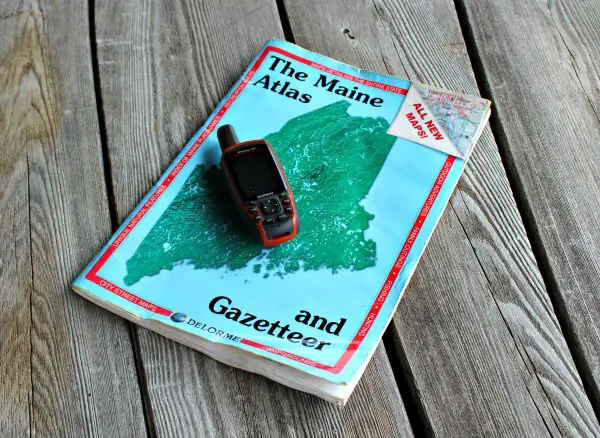
Time to gear up for your North Maine Woods adventure
Next you want to thoroughly plan for all your needs because once in the actual wilderness, it is often a 2+ hour drive out to civilization. There are basic requirements for human existence - shelter, warmth, food. Shelter will be a tent that will accommodate the entire family. Not every day will be sunshine and blue skies. A rainy day of camping will dampen everybody's spirits if 5 people (3 of them being active kids) are cooped up in a 10' x 10' tent. Take along some age-appropriate things to amuse everybody that won't take up a lot of room. We always took a deck of cards and a checker game. Try to get your kids to "unplug" and not be charging electronic things off your car electrical system. A few paperback "field guides" about birds, animals, wild plants and the evening sky will give you a chance to make this a fun learning experience for the family. You'll need good warm sleeping bags and be sure to take a good mix of both warm clothing along with your shorts and tee shirts. Depending on the season, days can be in the 80's but nights can go down into the 40's. The list below are more things that we take with us when we go wilderness camping.
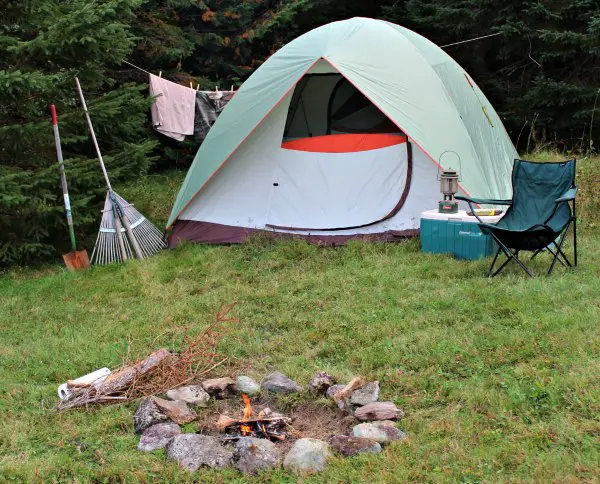
- Flashlights - it gets dark and a trip to the outhouse in the middle of the dark night is impossible without one.
- Coleman Lantern - this gas lantern will illuminate the entire campsite in the evening making camp life so much easier. Make sure you have a can of the fuel with you to refill the lantern although one filling will last quite a long time.
- Wooden matches - a box of "strike anywhere" wooden matches kept dry in an empty coffee can is a life saver. They are necessity to lighting a Coleman Lantern and starting your campfire. We also will have a few disposable butane lighters.
- A well stocked First Aid kit and a paperback book on first aid. The nearest emergency room may be 100 miles away and there are no ambulances to call in the North Maine Woods.
- Paper products - paper towels, paper plates, paper cups all handy in meal preparation and can be disposed of in the fire. We stay away from plastic and Styrofoam as much as possible to cut down on the amount of refuse we have to carry out with us. Plastic and Styrofoam items should never be burnt in the fire. The toxins released into the air and ground from burning plastics are detrimental to the environment.
- Tools - a rake, a pointed shovel, a pair of bush cutters, a bucksaw - tools that will help you make your campsite livable and safer and help you gather and process the all-important firewood.
- Plastic garbage bags -to hold trash that you will be carrying out with you. DO NOT leave a mess behind. If you can't burn it, carry it out. And the large lawn size bags make great emergency ponchos in a rain storm.
- Drinking water or the means to purify water - Don't drink water from streams and lakes no matter how pure and clean it looks. There are all kinds of parasites and bacteria that can be in the water that will make you severely ill. There are numerous ways to purify water besides boiling it so do a little research on the Internet before you go camping. Water is essential to life. A human can live weeks without food but will last only a few days without water. One trick that I have used is to save up gallon milk jugs, thoroughly clean them, fill them with water and freeze them in the freezer. Placing them in the coolers with perishable foods is easier than ice cubes that melt more quickly and make for constant draining of the cooler so things don't get messy.. Once the jugs have completely thawed they can be used as drinking water. I also freeze many of the perishables like meats which helps to lengthen the time they will be viable.
- A couple of folding chairs - kids may enjoy sitting on the ground but Mom & Dad may enjoy something a little more comfortable.
- Cooking and eating utensils - I always take a large vessel ( my black & white speckled canning kettle) to heat water to wash dishes in and for washing up. A couple of sauce pans to boil water in and heat canned goods are necessary. I take my largest cast iron skillet for cooking everything from breakfast bacon and eggs to steaks. You'll need tongs and a spatula, a can opener, and other cooking hardware. A set of metal tableware (knife, steak knife, fork, and spoon) for each person is a must. We don't use plastic utensils for two reasons - not sturdy enough for hardy fare and more trash you have to pack out.
- A large vessel for heating water - I use my water-bath canning kettle to heat water in and then wash my dishes right in the kettle. I pack it full of utensils and necessaries for the trip in and out.
- Dawn liquid dish detergent - the stuff is great for camping because it will even cut grease and oil in cold water.
- Coleman gas bottle camping stove - This item could be considered optional but we have ended up with it saving us. We lived in New Hampshire before moving to Maine and would be unaware of things like fire bans here in the North Maine Woods because of dry conditions. Our camping stove saved us a number if times when we couldn't have an open campfire.
Building a Campfire 101
A campfire is a necessary and fun part of the wilderness camping experience, but it can't be taken lightly. There are serious consequences when you do not build one with safety in mind. The consequences of carelessness with your fire can be life threatening and devastating to the local community. Just think of all the wildfires you see reported on the evening news. The timber in the North Maine Woods is a major part of our economy as are the animals that live in the forest. You can contribute to the preservation of these resources by using caution and forethought when building your camp fire. In the North Maine Woods, metal fire rings are provided at each designated campsite. Use them to contain your fire and remember moving or removing the fire rings is not allowed. You will need a fire permit to have a campfire in the North Maine Woods at some campsites. Be sure to check the North Maine Woods website for more information regarding Fire Permits and where to obtain one..

The essentials of starting a campfire are simple. You will need 4 things - an igniter, tinder, kindling and fuel wood. Igniter is easy. A lighter or wooden match will provide you with your initial flame. Tinder is something that will ignite easily like a piece of paper towel or a paper plate, some dry grass or dry leaves, or some Old Mans Beard (the stringy moss you will see hanging from the dead lower branches of spruce and fir trees). Kindling is easily found in the forest. As you will see in the picture below, the lower branches of spruce and fir trees die off providing easily accessible dry kindling and starter wood for your fire.
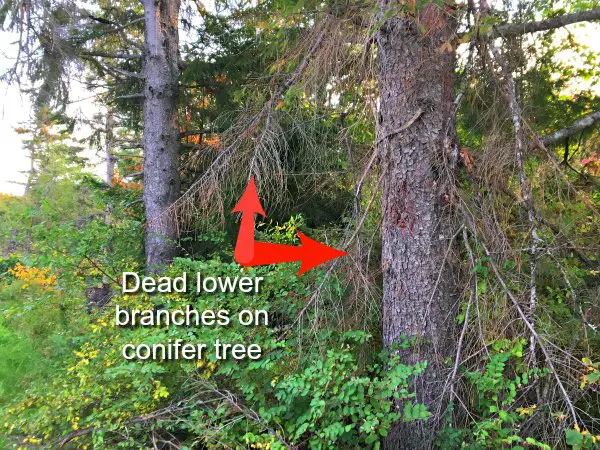
Fuel wood can easily be found. All through the woods you will be able to find dead trees either standing or blow-downs. Standing dead wood have no leaves or needles, have a hollow sound if you bang on them, and bark that is often falling off. Another source is driftwood that has floated up on lake shores. Use the buck saw from our suggested tool list to cut down the dead wood and cut it to length for your fire.
- Clear the area around your camp fire site of all combustible debris. I like to use the shovel to get right down to bare ground. If making your own campfire site, surround it with rocks to keep the burning fuel and embers in a controlled circle. Keep your fire small and contained.
- Start off by placing the tinder in the center. Break off smallest twigs from the dead branches you gathered and pile those on top of the tinder. You can increase the size of twigs until you have a decent amount.
- Using a match or lighter, ignite the tinder. Give the fire a chance to establish itself and then add larger pieces off the dry branches.
- Once fire is established you can gradually add fuel wood but do so slowly so that you do not choke the fire out.
- Keep your fire a safe and reasonable size. You do not need a bonfire to cook over.
- Never use an accelerant such as gas or lantern fuel to start a fire!
- Never leave children unattended around a campfire fire.
- Thoroughly drown the fire with water and make sure it is extinguished before you leave the campsite.
Wilderness Camping in the North Maine Woods is a magical experience!
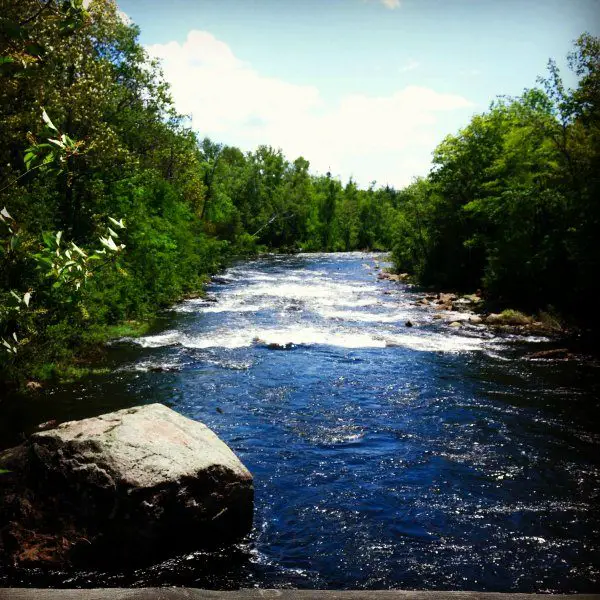
A wilderness camping trip is a wonderful bonding experience for a family, one that your children will remember all through their lives. You'll experience seeing all kinds of wildlife like moose, deer, black bears and more. There is nothing more magical than the call of loons at night or more heartwarming than toasting marshmallows over a crackling campfire. Take advantage of the wonderful adventures that northern Maine offers including river rafting, mountain biking, hiking, fishing, ATV's, hunting, and snowmobiles, and of course, wilderness camping. The MDIFW work hard to preserve these exciting adventures for citizens and visitors to the great State of Maine.
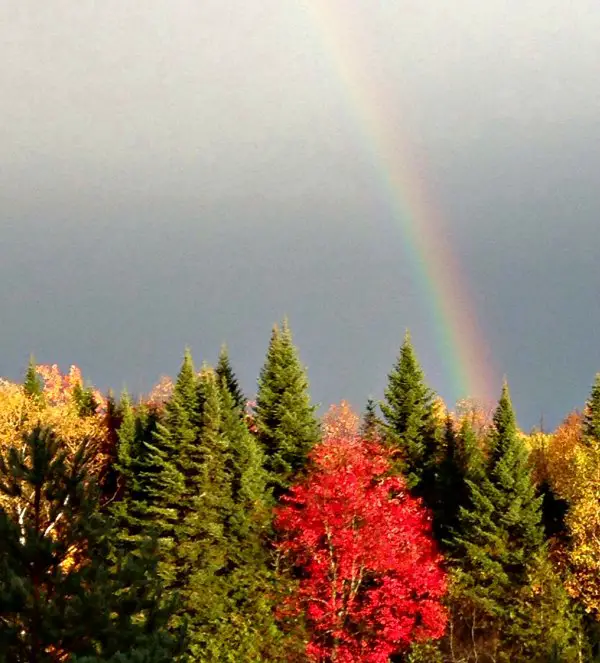
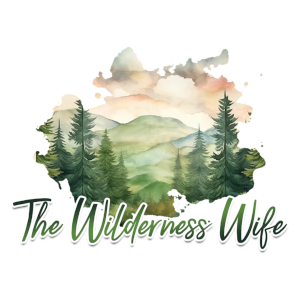
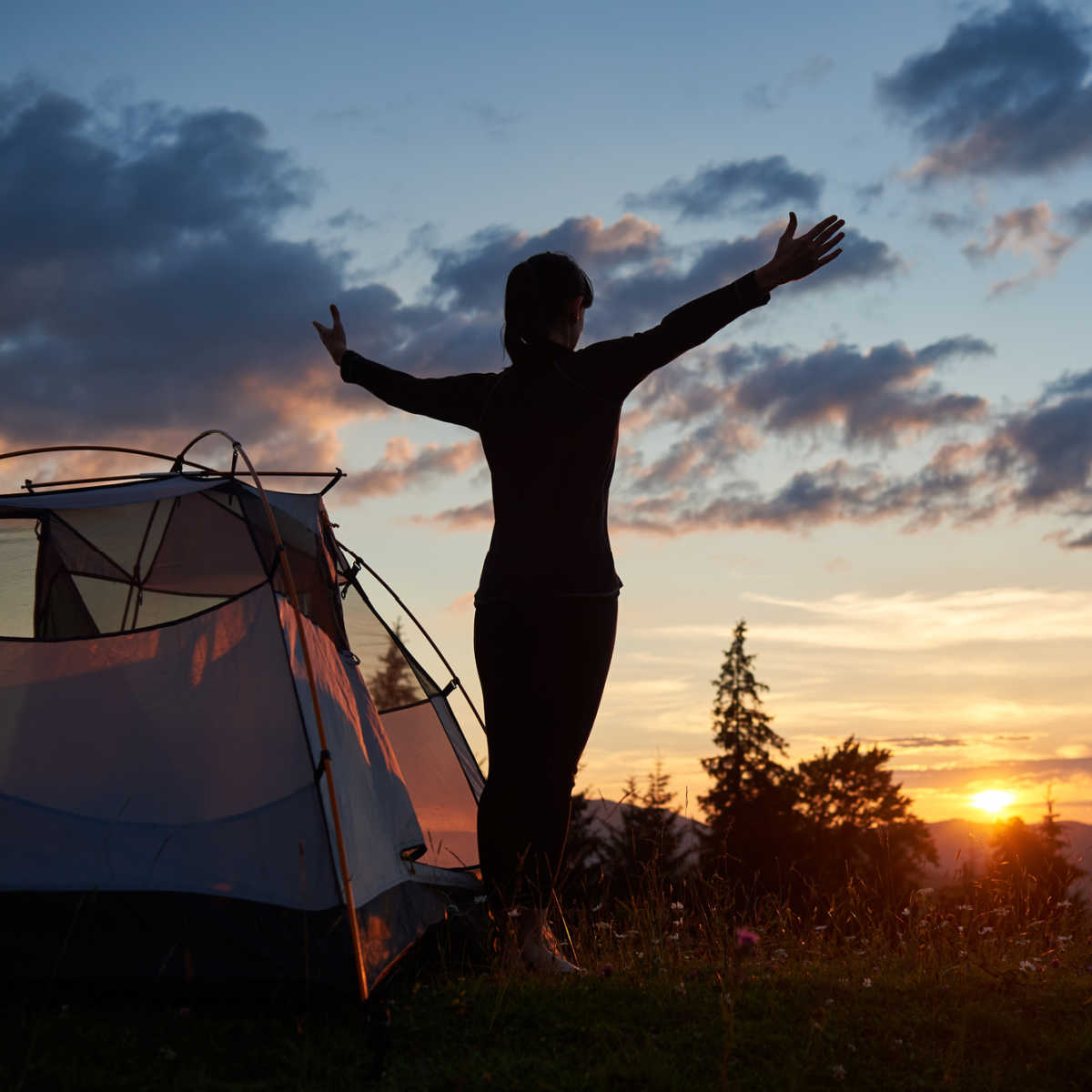
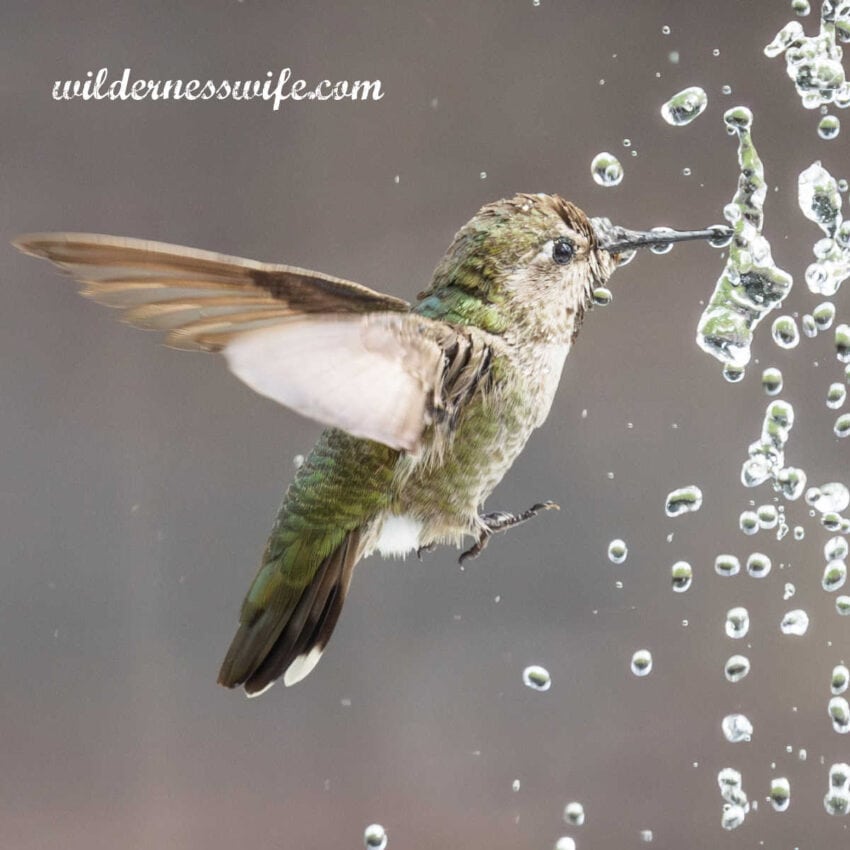



Melissa Baker says
This is a dream of mine to do with my kids!